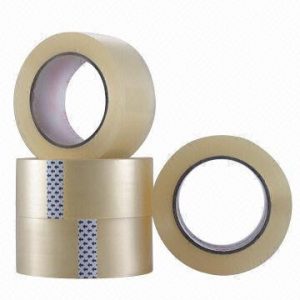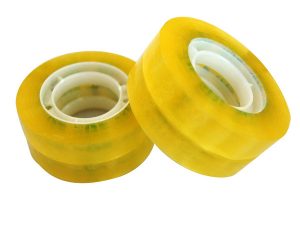Now, many people know how to use scotch tape, and its role is to use it when an object breaks and needs repair. There are many kinds of tapes, depending on where they are used and how sticky they are. Generally do not touch water when fixing, because the surface of the product will be covered with a layer of film when it comes into contact with water. It is precisely because this layer of film blocks the direct contact between the adhesive and the object to be adhered, the viscosity will lose a lot. If you want the product to become sticky again, you can immerse the product in water and then dry it with fire, or let it dry naturally before regaining its stickiness. Compared with the beginning, there is still a gap in viscosity, so everyone should pay attention to the situation of the tape getting wet.
The tape will slowly infiltrate the surface of your adhesive after bonding. The general time is about 12 hours. The speed of its infiltration is still related to the temperature and climate. For example, it is summer, which is very suitable for bonding. Generally, the adhesive strength of the tape is very strong in 8 hours. However, if it takes 24 hours to fully achieve the desired effect in the wet and cold conditions in East China in winter, the 24-hour waiting for infiltration fully meets the product bonding If the conditions are met, there is no need to worry about things falling off,
Nowadays, there are many products on the market, and many single-sided and double-sided products are various products. With its existence, our lives will become better, and those broken things will be the same.
When it meets with water, the colloid absorbs water and becomes an uneven colloid. The refraction and transmission of light become uneven and interfere with each other, so it is opaque and transparent, just like white. This principle is like why it is white.
1. Transparent things turn white when they become breadcrumbs. Have you noticed the waves hitting the coast? Grinding glass into pieces in a mortar is also white.
2. The transition from transparent to white opaque. It turns out that the tiny transparent ice flakes have many edges and corners. The light is refracted at every corner, most of the light cannot pass smoothly, and some light returns to the human eye through a tortuous path, so it looks white. The frosted glass or rolled glass on the bathroom doors and windows is not Toya.’






















